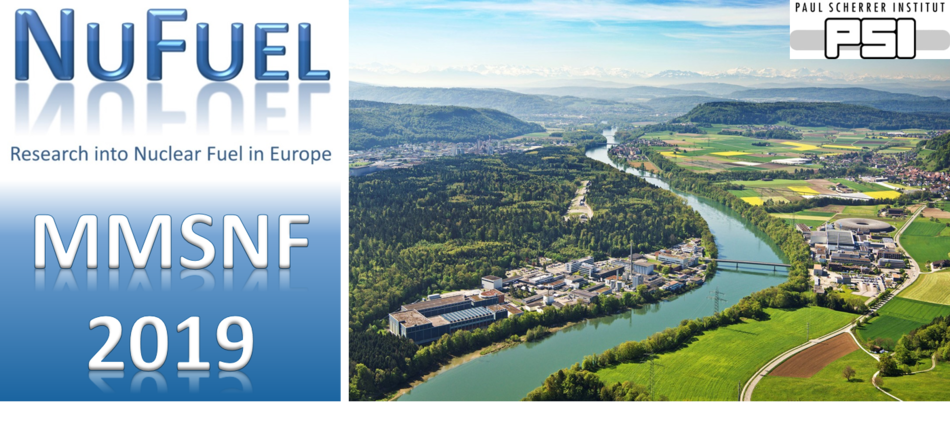Speaker
Description
Uranium silicide fuels have been proposed as part of accident tolerant fuel concepts for light water reactors. Uranium silicides (U3Si2 and U3Si5) have increased uranium atom density over UO2 fuel and thus their use can offset neutronic losses from more robust replacements for current zirconium-based cladding. Further development of such fuels, however, requires a thorough understanding of their thermophysical and thermochemical properties under reactor conditions. Interactions between the fuel and cladding materials and fission products produced during burnup are also necessary to consider in order to fully evaluate any fuel candidates. In the current work, a combination of experimental and computational methods was used to model these accident tolerant fuel candidates to generate a thermochemical database for implementation in fuel performance codes.
The U-Si binary within the 40-66 at% Si region was explored to understand and model compositional changes that may occur during reactor operation. Samples of varying compositions were produced using arc-melting and characterized through electron microscopy, neutron and x-ray diffraction (XRD), and differential scanning calorimetry (DSC). First principles modelling was used to supplement experimental results and the CALPHAD method was used to assess U-Si and calculate phase equilibria. To consider the impact of more robust cladding materials on accident tolerance of the fuel, the compatibility of U3Si2 with FeCrAl and SiC/SiC composite claddings was investigated and compared with a baseline study of U3Si2 and Zircaloy-4 compatibility. High temperature diffusion couples of fuel and cladding were used to simulate over-temperature or extended burnup in-reactor behavior and electron microscopy and XRD were used to characterize the fuel/cladding couples. DFT and CALPHAD calculations were used to aide in the interpretation of experimental observations.
The interactions of silicide fuel and fission products resulting from burnup were simulated using U3Si2 doped with up to five surrogate fission products (Ce, Gd, Mo, Y, Zr) and the production of a “SIMFUEL” representative of high fuel burnup. Structural changes and secondary phase formation from heat-treated samples was characterized using microanalytical techniques, neutron diffraction, and XRD. The impacts of more volatile fission product species were considered using DFT and a CALPHAD database was developed.

